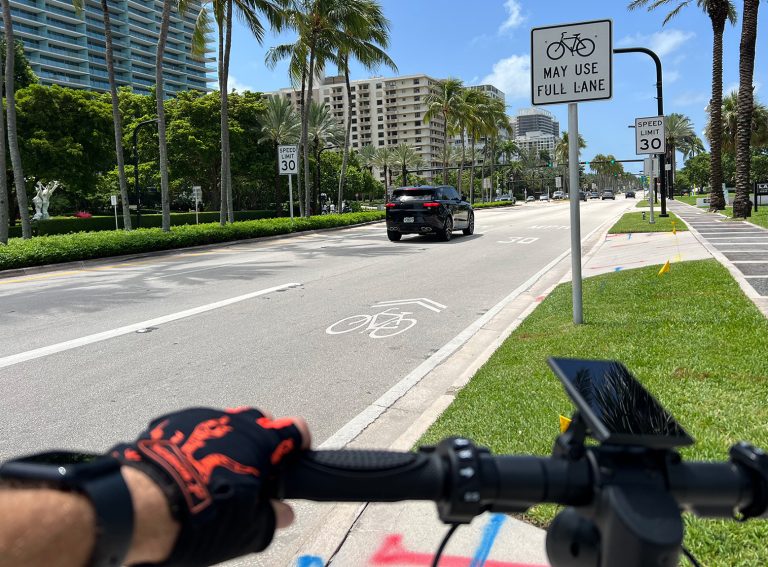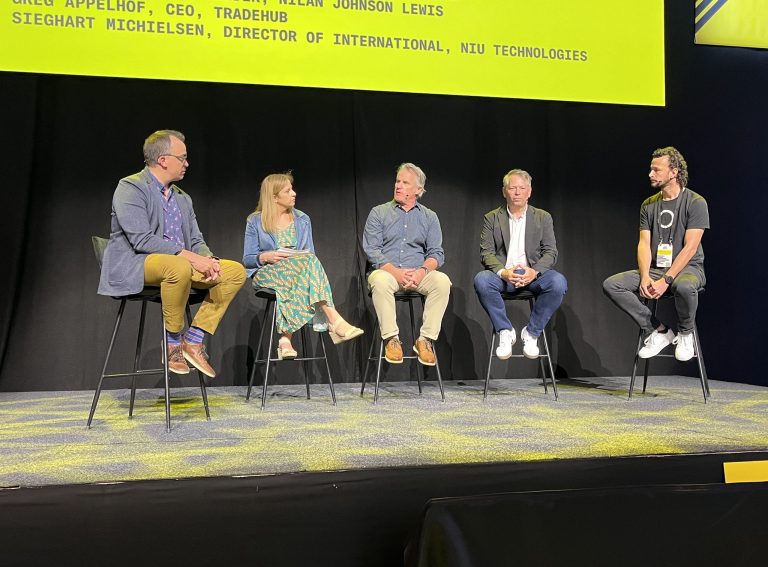Author: Benjamin Hindson, Digital Economy Chief Commercial Officer, Aon.
Earlier this year, the World Economic Forum (WEF) responded to a “wave of criticism” towards the “consideration of environmental, social and governance (ESG) factors when making investment decisions” by reiterating that not only is ESG important from an ethical and moral perspective, but because “ESG risks are now one of the largest threats facing businesses, and they could have a significant impact on their long-term performance and profitability, including their ability to raise new capital.”
For micromobility operators, just because an e-scooter or e-bike business has its DNA firmly rooted in providing a sustainable, low carbon transport solution for the masses, does not automatically mean that it both understands and communicates its ESG footprint effectively.
However, if it is able to do so, this is a great way to truly differentiate its offering both to customers and investors in an increasingly competitive market.
Costing the environment
Let’s take a closer look at each of the ESG factors and their impact – and potential opportunity – on the micromobility sector, starting with ‘environmental’. In 2019, a study from North Carolina State University, concluded that dockless e-scooters produced the equivalent emissions of 202g of CO2 per passenger mile over their entire lifecycle; a somewhat unfavourable comparison with 82g of CO2 per passenger mile for an urban diesel bus. Fortunately, more recent research from EY and European scooter operator Voi, suggests that Voi’s Paris scooters produce 35g of CO2 per person per kilometre, suggesting that the pace of progress in recent years to reduce CO2 emissions is paying dividends. Indeed, innovation, technology investment and design improvements across the sector are all supporting reductions in manufacturing emissions. Together with an increased uptake and longevity of models – environmental impact particularly in the initial manufacture phase – the biggest portion of emissions – are improving.
A few years ago, a lot of operators went for basic operational models which were not optimised for sharing – leading to problems where e-scooters could more easily be hacked, stolen, or vandalised. Some of the first generation e-scooters may have only lasted three to four months before they were binned. What we’re seeing now are more operators investing in e-scooters designed for intense, shared use with much longer operational lifespans (upwards of 24 months) which is really helping to reduce overall CO2 emissions.
There is also a keener focus on maintenance and operators employing people locally to repair scooters and keep them on the road, as well as incentivising the good behaviour of riders to park e-scooters properly and report any damage. Battery technology is also improving rapidly as the next generation of e-scooters move to battery swapping capability. This means operatives can move around the city to deliver and swap in new and recharged batteries, making the whole process more efficient and greener, thereby reducing the dependency on large ICE fleets for maintenance services.
To truly deliver on the E in ESG, micromobility companies will need to live and breathe their commitment to reducing their environmental impact – from considering where they source their energy from (i.e. sustainable supply), to how green their battery sourcing strategy really is, to how batteries can go on to have second and third lives. Being able to identify the components and establishing robust ways of measuring their impact on reducing emissions will differentiate the leaders in this space.
A social service
Moving to the ‘social’ impact of a micromobility company’s ESG strategy, the question is all about how the business creates access to mobility in an equitable and inclusive way. To date, micromobility and shared mobility companies have tended to follow the same pattern with early adopter users being usually wealthy, well educated, working males in urban areas. The focus in the industry must now be about how to get marginalised communities and people from lower socio-economic backgrounds using these vehicles.
In 2021, Voi published Micromobility for all: A roadmap to inclusive micromobility which considers that for a service to be equitable or inclusive it must focus on accessibility, capabilities, and mobility justice. Increasing accessibility means making sure vehicles are in the right place so people in lower income areas have the same access, potentially offering different pricing structures, and catering for people who are not online or don’t have a bank account, as well as adapting services for people with physical disabilities.
‘Capabilities’ means “understanding the needs and constraints of under-represented users and adapting the service to those”, reports Voi, while ‘mobility justice’ “implies letting under-represented users shape the service to their needs”. To succeed in the social agenda, micromobility must be seen as part of a bigger picture. People from lower income backgrounds, for example, would be more likely to favour public transport because it’s cheaper but may be underserved by the existing network. The question then becomes how do you use micromobility to get them to their bus or connect them to the existing network? It requires collaboration, with micromobility operators working with governments, local authorities, regulators, charities and grass root organisations to build an integrated service delivery strategy. Operators must see themselves not just as a transport provider but as a crucial part of a wider multimodal form of transportation extending the reach of mobility services.
Govern responsibly
The third part of the ESG challenge is in ‘governance’.
Much of a micromobility business’s approach to governance will be played out in how that business identifies, quantifies and manages the mix of emerging complex risks that impact on their operating model. This will involve working with the risk advisory and insurance industry, and regulators to get the right insurance and protection in place for their customers and investors. Its corporate behaviour will also be under scrutiny, and how it pays employees and executives, financial responsibility and reputational accountability will need to stand up to examination through an ESG lens. This is overlaid with how inclusive and what diverse talent is attracted and retained, not just within the business generally, but also among senior managers, executives and Board members.
Measure, understand and communicate
At a macro level, the UN’s Sustainability Goals can provide a useful framework to bring much of the ESG agenda together, with relevance to micromobility businesses. Aligning the business objectives and social purpose with these metrics provides a credible benchmark for implementation of the organisation’s ESG strategy. Whether it’s increasing people’s wellbeing and fighting climate change through lower emissions and better air quality, to reducing congestion in urban areas, and through the provision of sustainable jobs – micromobility has an integral role to play in achieving these goals.
It’s exciting that the micromobility sector has the opportunity to set the standards for the rest of the mobility industry in terms of its green credentials, social benefits and in areas like inclusion through strong governance. The key will be in how businesses measure and understand their ESG footprint to create a compelling narrative that helps both manage their ESG risks but also makes the most of the opportunities that ESG can offer to investors and customers to differentiate themselves.
A foundational element to success is strong oversight which enables better decisions, creating the conditions for organisations to quickly adapt to the changing landscape, shift priorities and proactively manage emerging risks.
Aon is a Diamond Sponsor at MOVE 2023 on 21st & 22nd June 2023. Come and chat to us – Stand 2.
Aon provides C-suite leaders and boards of directors with real-time insights from credible data sources and delivers solutions that help navigate the evolving ESG landscape. We work with organisations to help them prioritise relevant risks and make better decisions by strengthening governance and oversight regarding key ESG risk factors.
Whilst care has been taken in the production of this article and the information contained within it has been obtained from sources that Aon UK Limited believes to be reliable, Aon UK Limited does not warrant, represent or guarantee the accuracy, adequacy, completeness or fitness for any purpose of the article or any part of it and can accept no liability for any loss incurred in any way whatsoever by any person who may rely on it. In any case any recipient shall be entirely responsible for the use to which it puts this article.
This article has been compiled using information available to us up to 05/06/23.
Aon UK Limited is authorised and regulated by the Financial Conduct Authority. Registered in England and Wales. Registered number: 00210725. Registered Office: The Aon Centre, The Leadenhall Building, 122 Leadenhall Street, London EC3V 4AN. Tel: 020 7623 5500.
FP.AGRC.1228.RR








